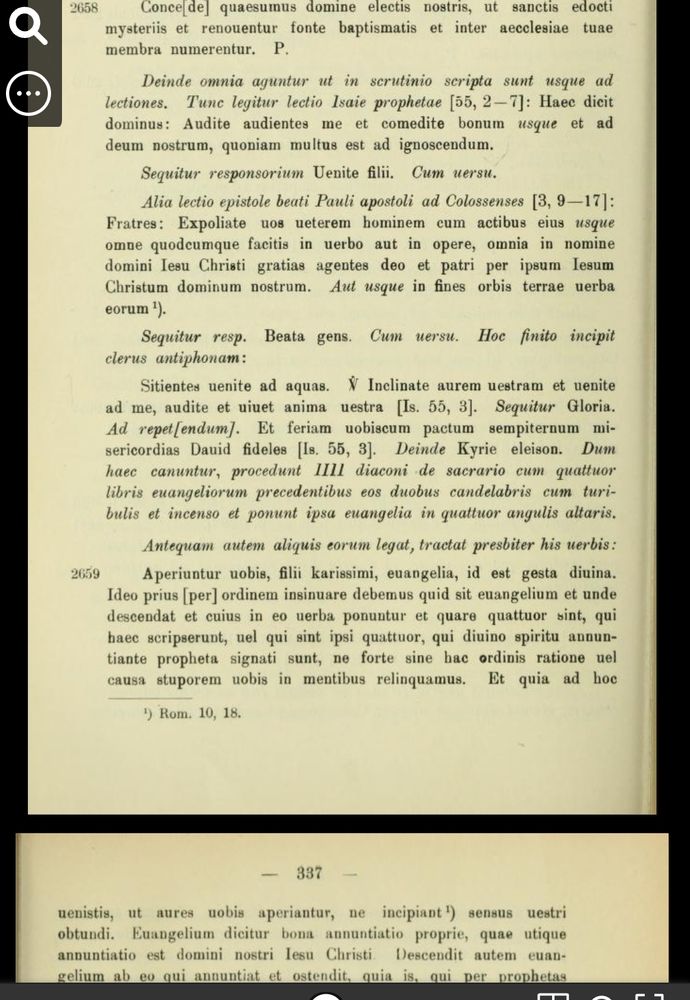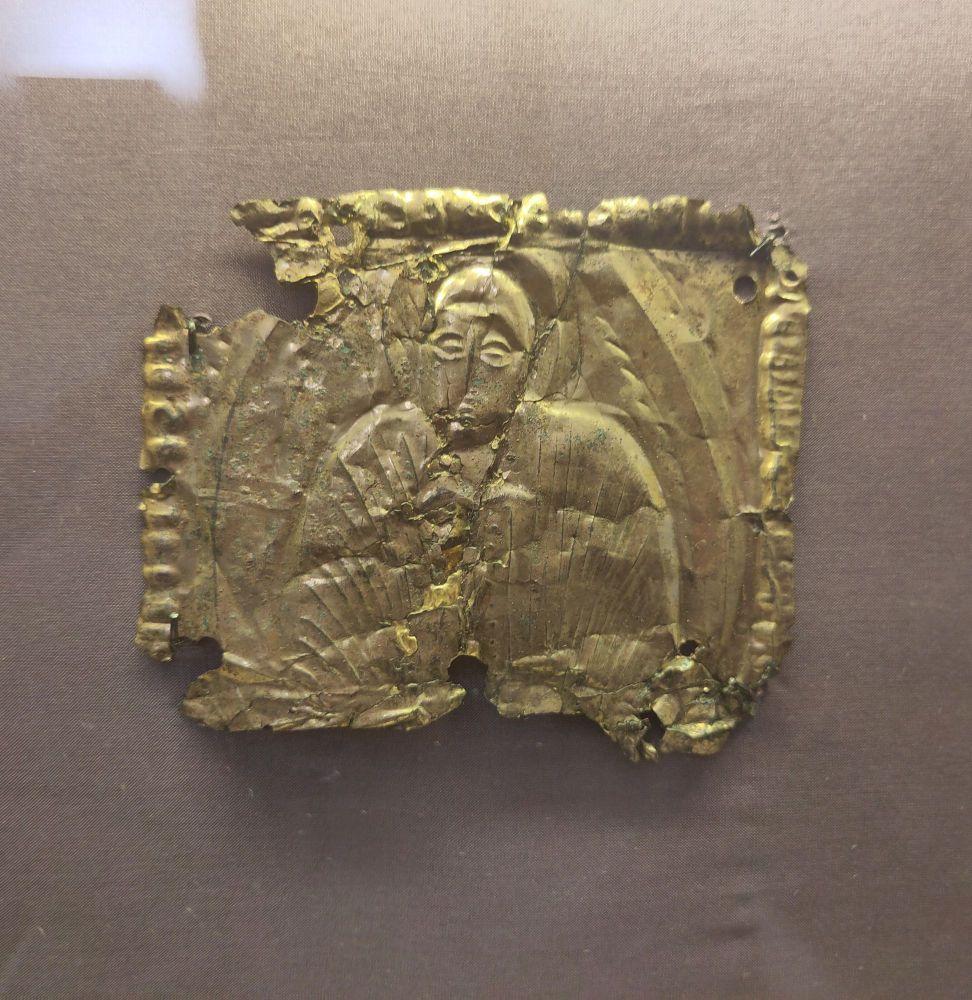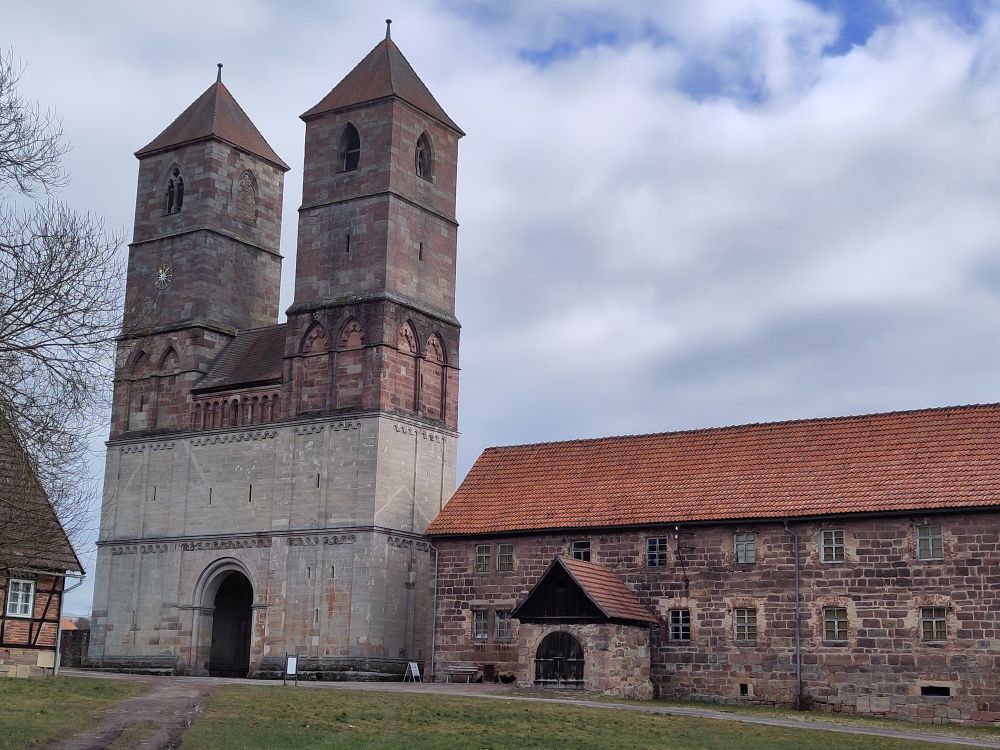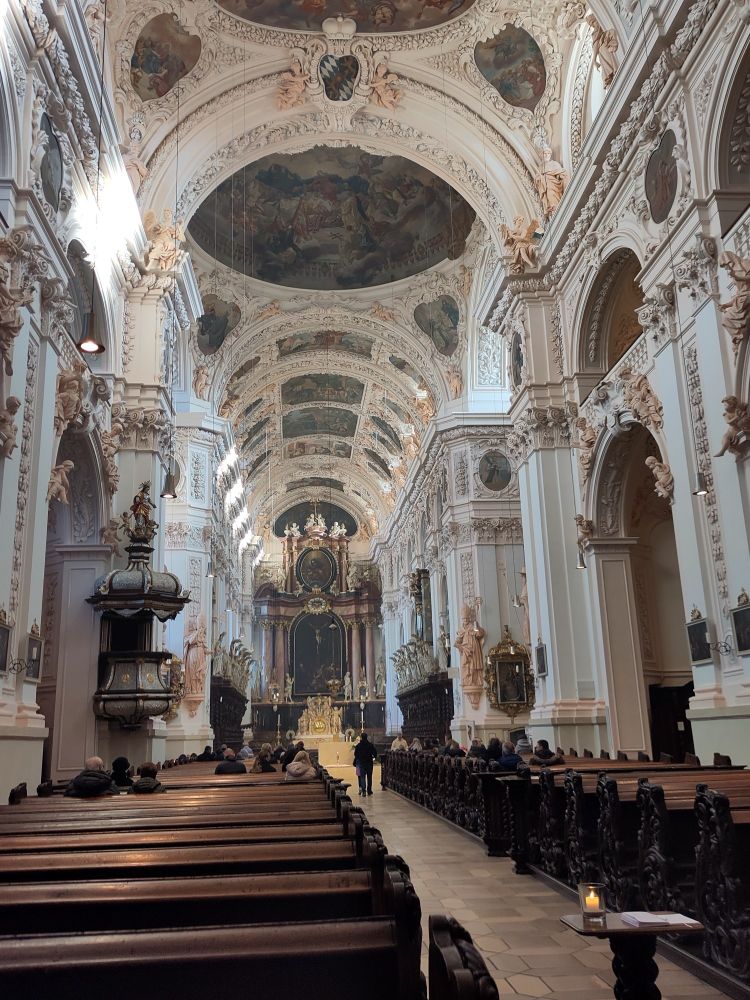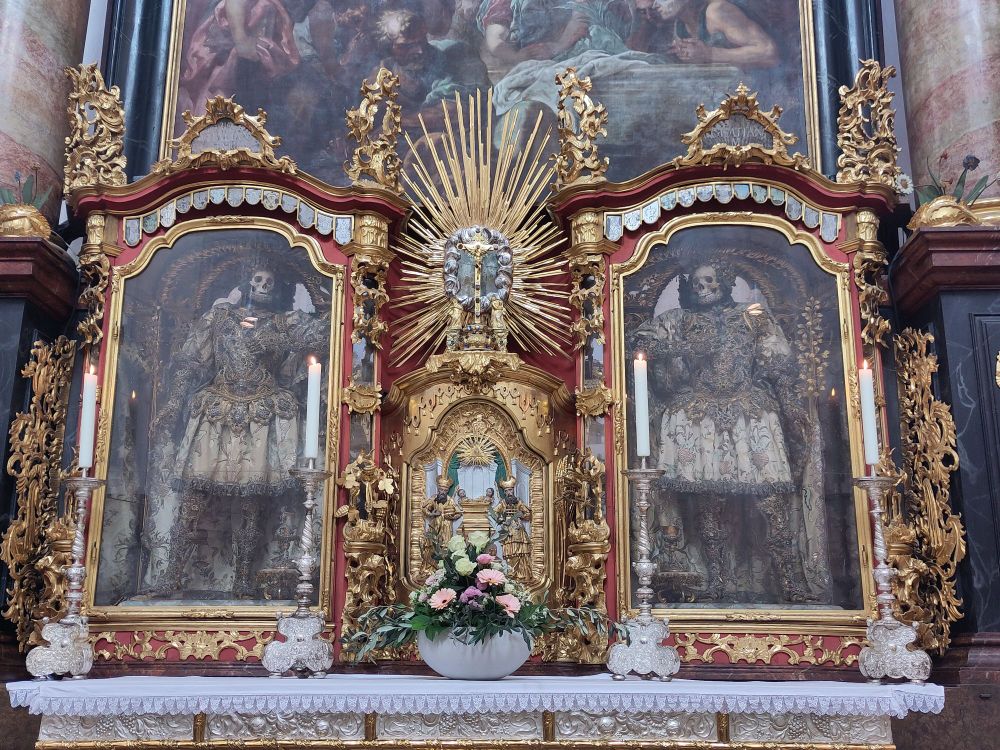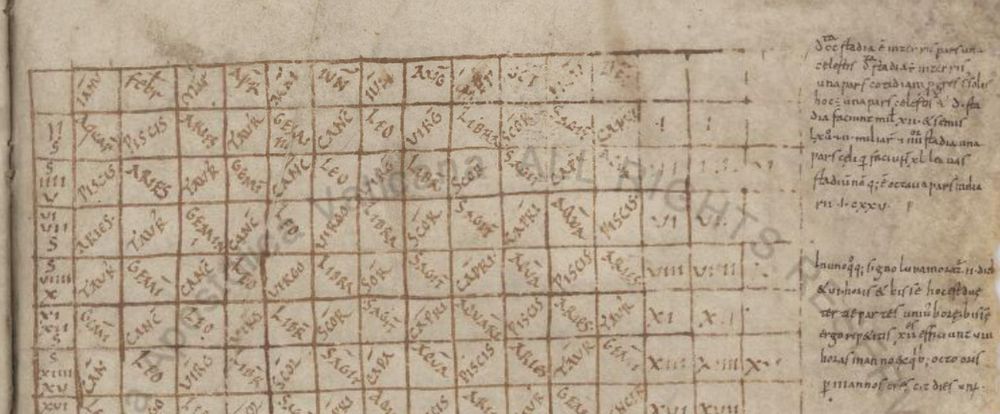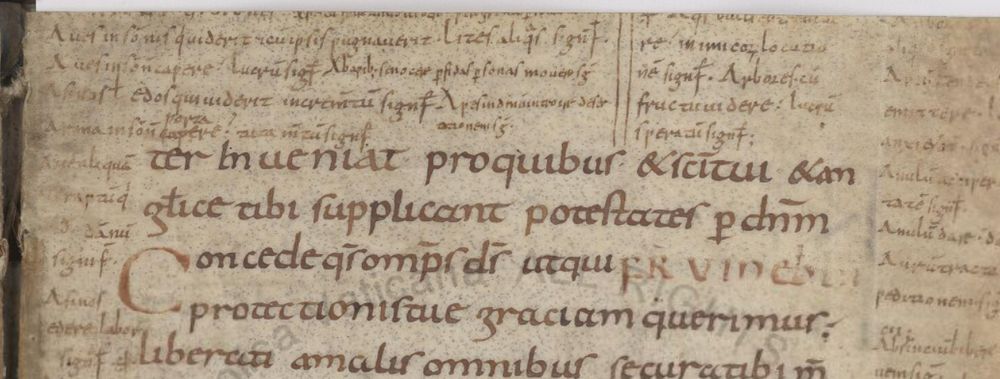
Wissenschaftlicher Mitarbeiter at the Universität Regensburg.
Picture: Vienna, Österreichische Nationalbibliothek, cod.lat.958 and Tours, Bibliothèque Municipale, Ms. 184
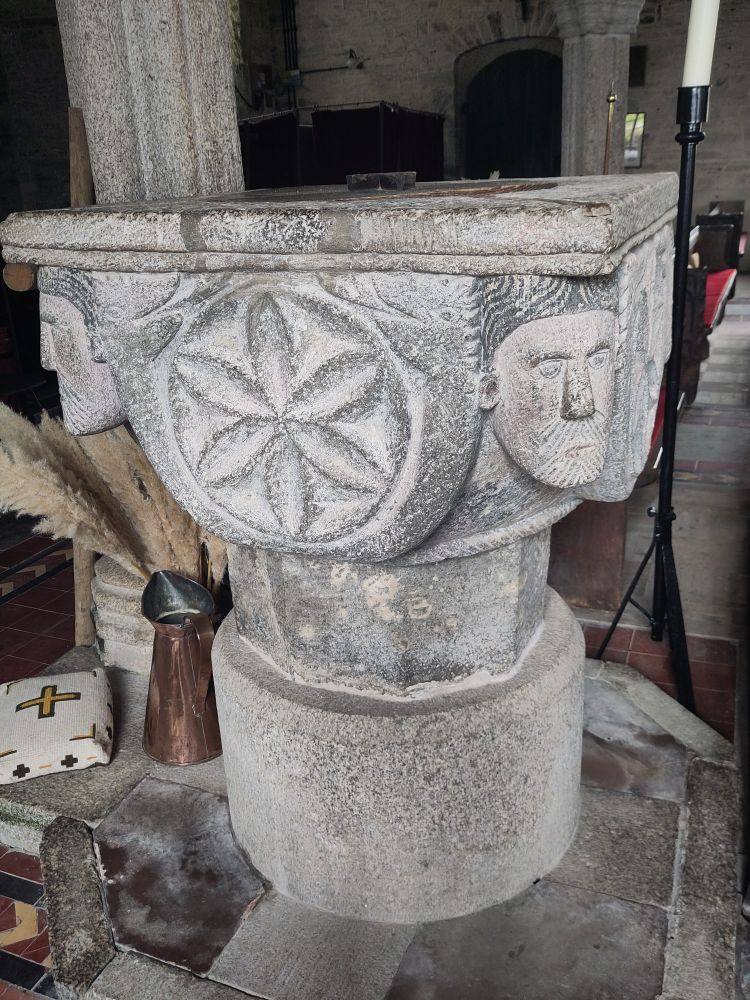


1) Cod. 106. A 16th century liturgical book into which a miniature of an evangelist from the ninth century is incorporated.
2) Cod. 969. A copy of the Ladder of Divine Ascent from the 11th century


1) Cod. 106. A 16th century liturgical book into which a miniature of an evangelist from the ninth century is incorporated.
2) Cod. 969. A copy of the Ladder of Divine Ascent from the 11th century
